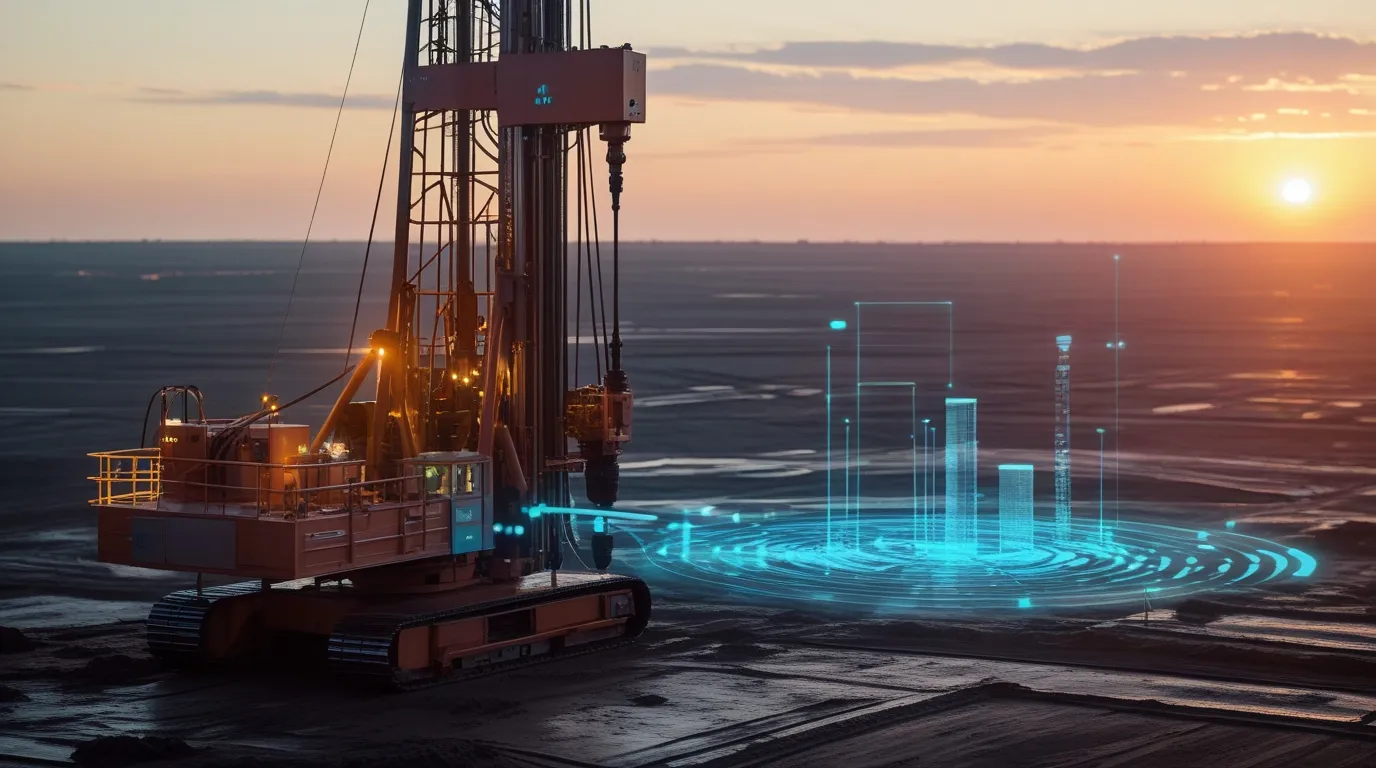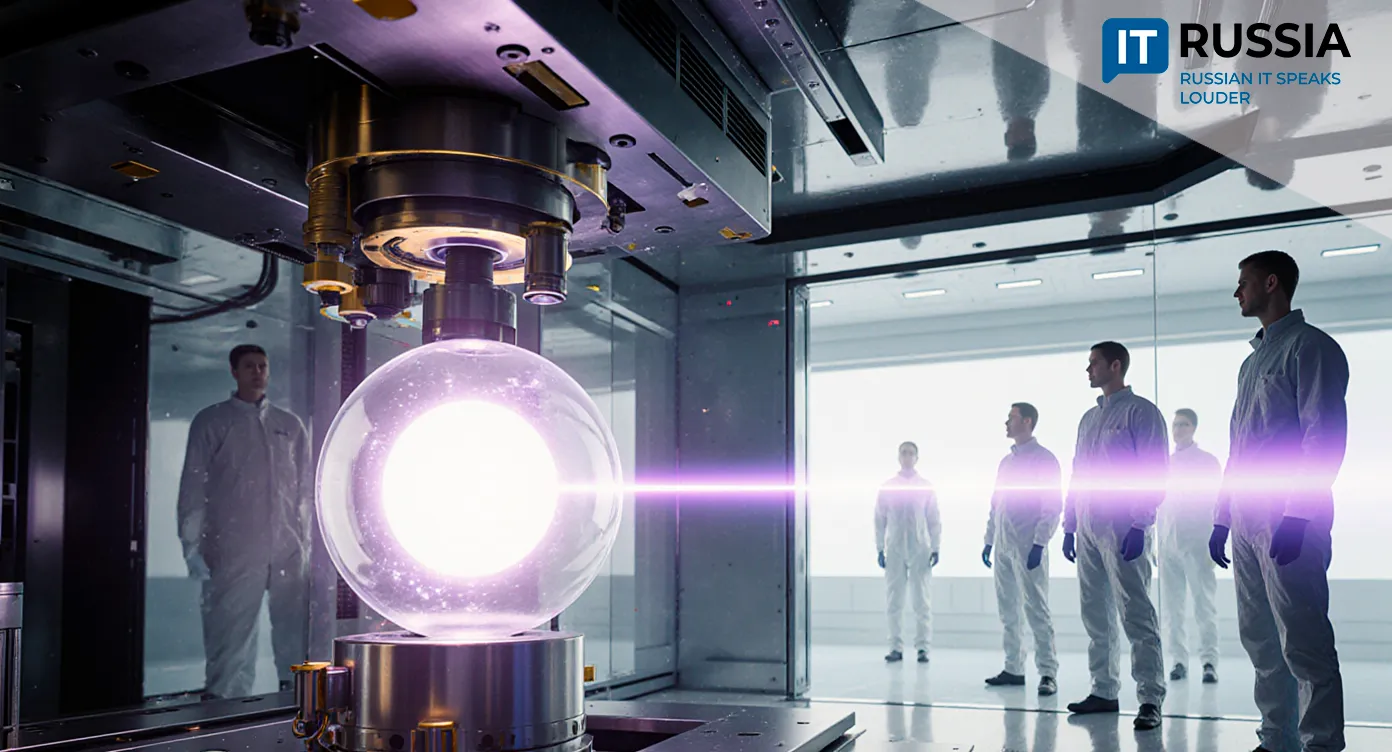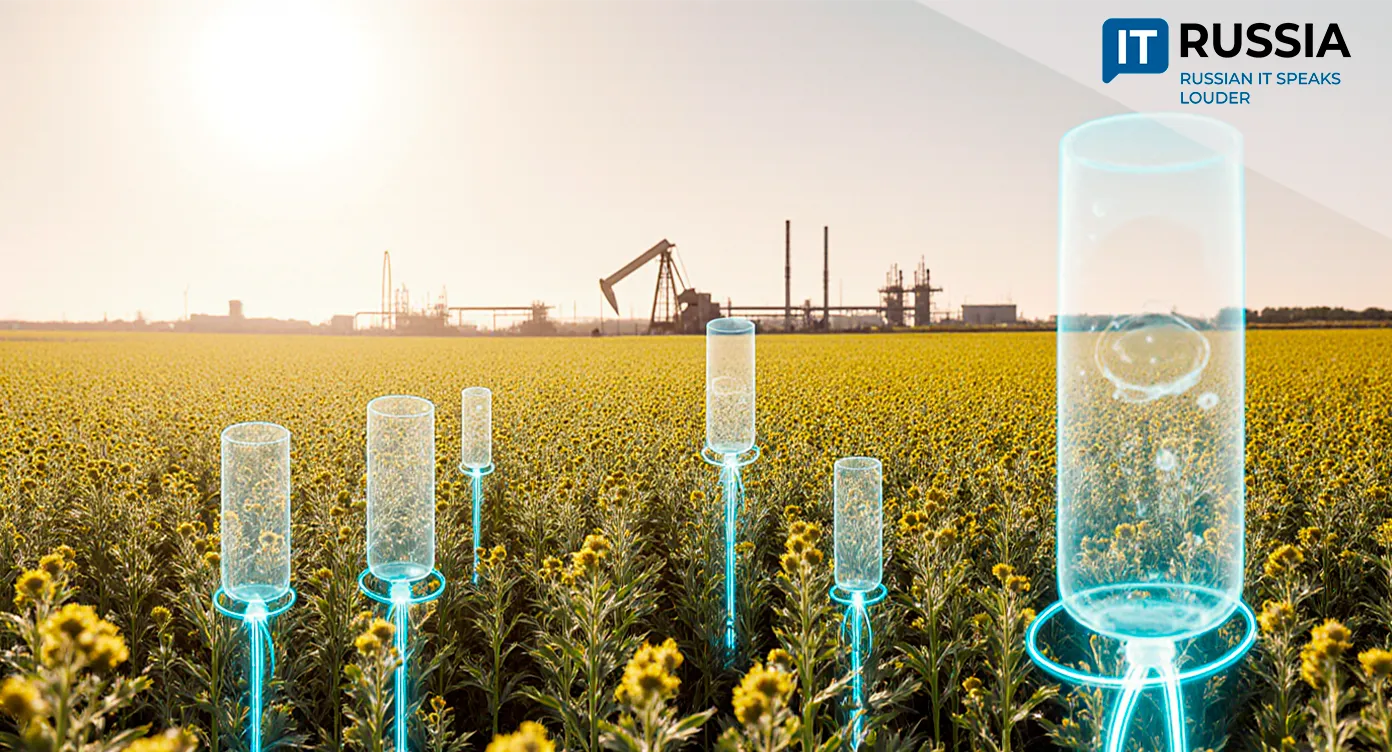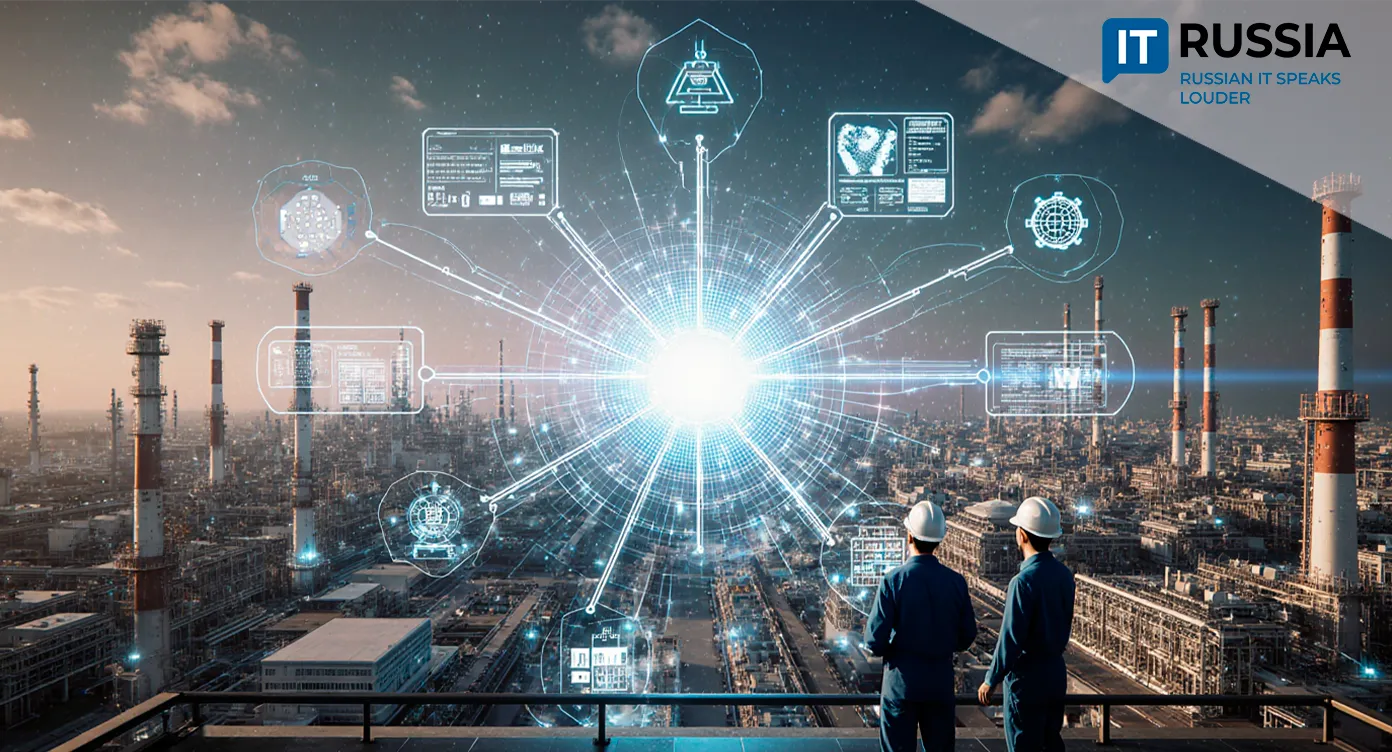Digital Bedrock of Oil and Gas: How AI Is Reshaping Russia’s Energy Sector
In 2024, Russia’s oil and gas industry ranked second in AI investment volume, allocating 2.9 billion rubles ($31 million) toward neural networks and supporting infrastructure. The sector is shifting decisively from pilot projects to full-scale AI deployment, laying a digital foundation for the next phase of global energy transformation.

Digitalization of the Giants
The active digital transformation of traditional sectors such as oil and gas signals a strategic evolution — technology is no longer a peripheral expense but a core asset that directly impacts profitability and competitiveness. The economic logic is clear: AI adoption can reduce production costs by 10–15% while improving business resilience and adaptability.
Since 2022, the number of Russian oil and gas companies implementing AI has doubled to 58%. The Ministry of Energy projects 70% penetration of neural network technologies by 2027. Currently, AI is most widely used in safety (62% of companies), business administration (49%), and process optimization (43%). Machine learning tools are also applied in logistics, marketing, and HR operations.

The most in-demand AI capabilities include computer vision, natural language processing, intelligent decision-support systems, and speech recognition and synthesis. This technological momentum has created major opportunities for domestic IT firms to specialize in predictive maintenance, seismic data analysis, automated drilling, and supply chain management. The industry is also driving demand for data scientists, machine learning engineers, DevOps specialists, and robust infrastructure such as GPU/TPU clusters and Big Data storage systems.
From Pilots to Industrial Scale
Russia’s oil and gas industry has used AI elements for over a decade, but the past five years have marked its transition to industrial-scale deployment. Today, more than 97% of Rosneft’s drilling rigs are equipped with AI systems for automatic real-time adjustment of drilling operations. Gazprom Neft employs machine learning to predict tool deviations beyond productive layers, and in one of its innovation projects, AI algorithms were used to synthesize ‘smart molecules’ for reagents that enhance the recovery of complex reservoirs.
These examples illustrate how AI is being embedded across the entire lifecycle — from exploration and production to pipeline diagnostics and logistics. As a result, companies are moving beyond isolated pilot scripts toward comprehensive enterprise-wide platforms integrated with ERP (enterprise resource planning) and SCADA (supervisory control and data acquisition) systems.
Opportunities, Challenges, and Outlook
With proven returns on investment, AI budgets in the oil and gas sector could grow 1.5 to 2 times over current levels, making the 2.9 billion ruble benchmark a potential baseline for further expansion. A consolidation of the digital ecosystem is expected, with more IT startups emerging to serve the energy industry — increasing competition and improving the quality of domestic solutions.

Overcoming technological barriers will open pathways for exporting competitive AI platforms to partner nations with developing energy sectors. However, scaling this success will require coordinated efforts between business and government. The sector already faces a shortage of AI and data science talent, underscoring the need to build domestic chip, server, and cloud infrastructure. Equally important is the creation of industry standards and regulatory frameworks addressing AI safety and accountability.
If successfully implemented, this transformation could enhance the efficiency of Russia’s core industry and serve as a catalyst for the country’s broader technology sector, strengthening its position in the emerging global digital energy landscape.











































